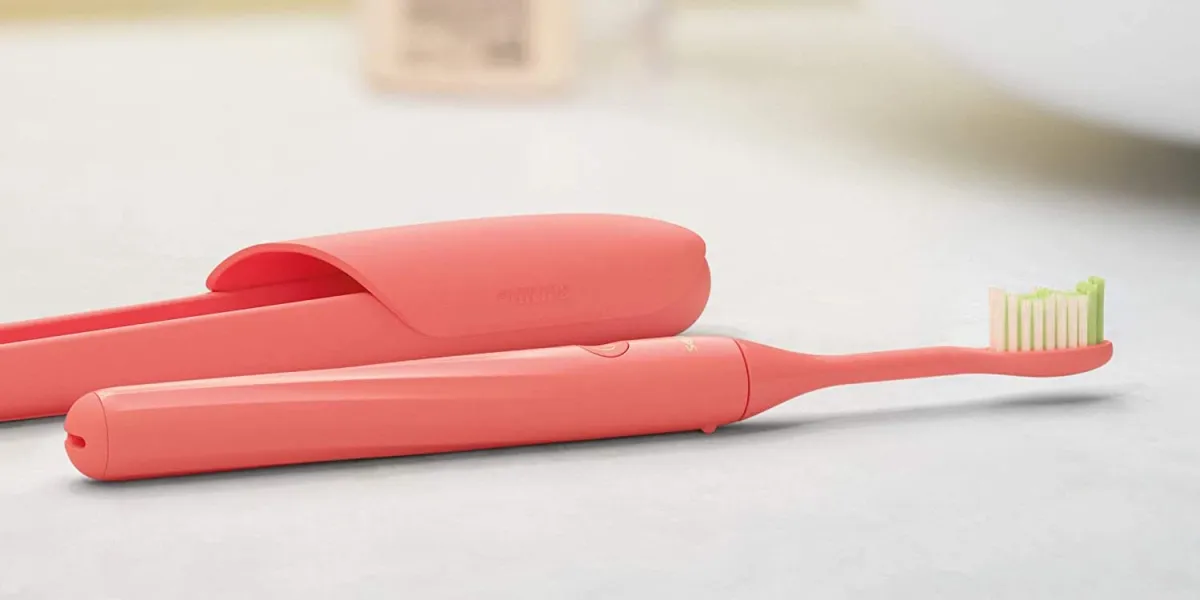We all know the drill when it comes to keeping our pearly whites in top-notch condition: brushing, flossing, and rinsing—check, check, and check. However, there’s one thing that often gets overlooked, which is the lifespan of your toothbrush. Today, we’re going to answer the question that you might be wanting to ask now: “How often should I replace my toothbrush?”
Table of Contents
The Lifespan of Your Toothbrush
Your toothbrush is a hardworking tool that goes through a lot with every use. Over time, its bristles begin to wear down which also reduces its effectiveness in removing plaque and debris from your teeth and gums.
On average, a toothbrush’s lifespan ranges from three to four months. However, this can vary based on factors such as the type of bristles, brushing technique, and how often you brush.
What are the risks if I don’t replace it immediately?
Every time you use your toothbrush, the nylon bristles are exposed to water and chemicals from your toothpaste. This makes the bristles a little weaker with each use. The bristles bend and twist into a new shape, which is known as “bristle flaring.”
A study showed that after 40 days of consistent use, bristle flaring starts to make your toothbrush less effective. Study participants who didn’t replace their toothbrushes on the 40th day of use experienced considerably more plaque buildup. At least two earlier studies on worn toothbrush heads confirmed that older toothbrushes are much less efficient at removing plaque, which is the cause of gum disease and tooth decay.
Moreover, if you or a family member has been sick, you should change your toothbrush as well as everyone else’s toothbrush in your household. Infections caused by viruses and bacteria, such as strep throat, are of special concern and should prompt you to replace your old toothbrush.
If someone else uses your toothbrush by accident, throw it away. It’s better to be safe than sorry, since everyone’s mouth has bacteria that differs from yours.
How to Take Care of Your Toothbrush
To get the most out of your toothbrush, treat it like any other personal grooming or hygiene equipment.
Do not share your toothbrush, even with members of your immediate family. If you store your toothbrush with other toothbrushes, try not to let the heads touch.
After brushing, thoroughly rinse your toothbrush with tap water. You don’t need to sanitize it with a disinfectant, mouthwash, or hot water. Attempting to “sanitize” a toothbrush in this manner can spread germs.
Lastly, you don’t even need a specific locked container to store your toothbrush when it’s not in use. Some of these containers can promote mould growth or bacterium spread.

